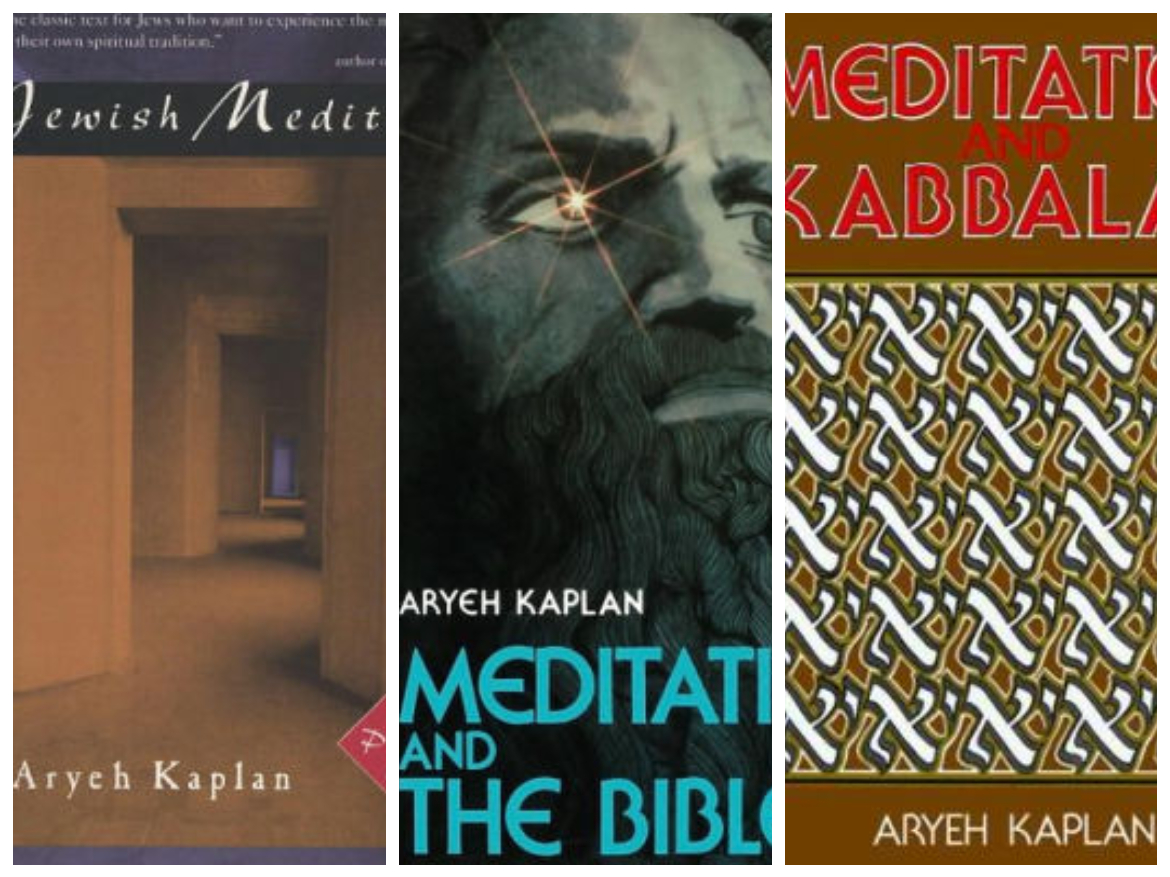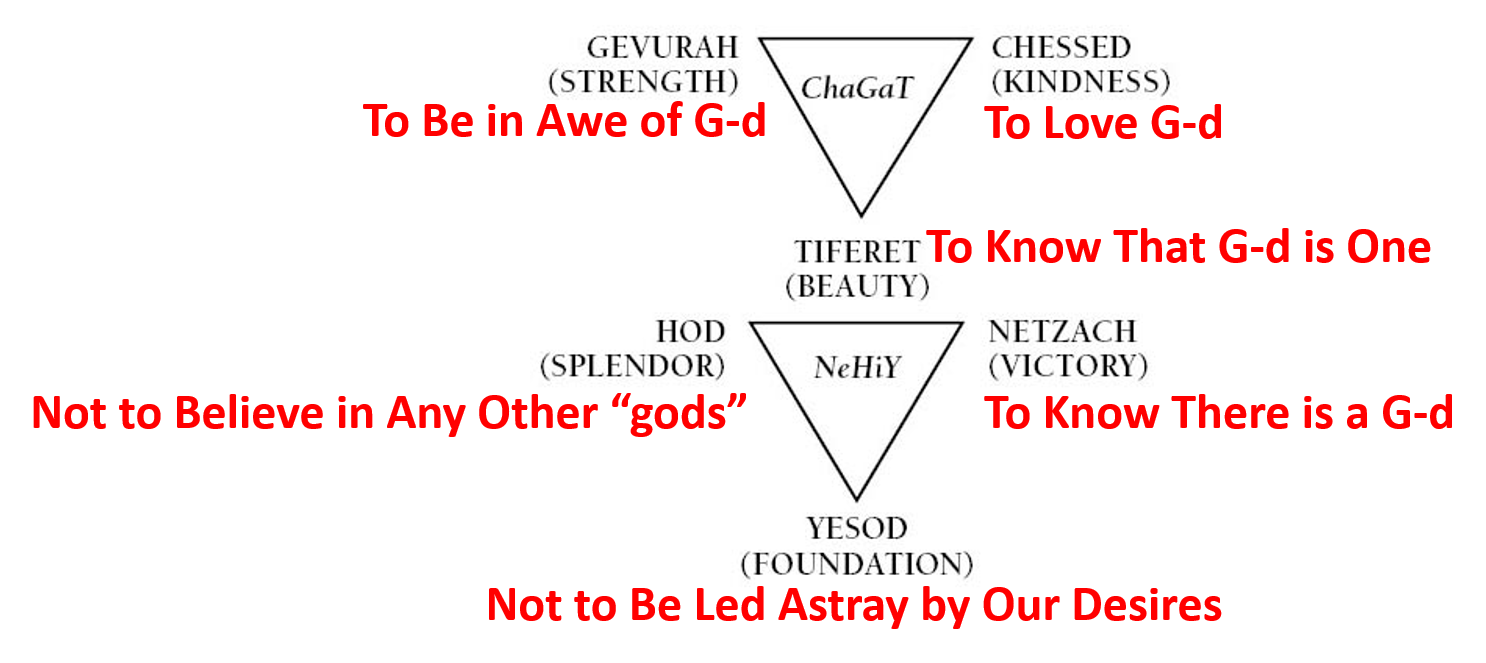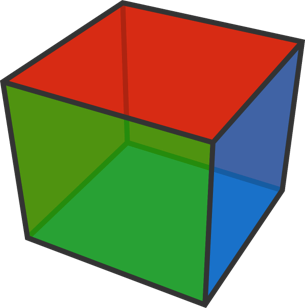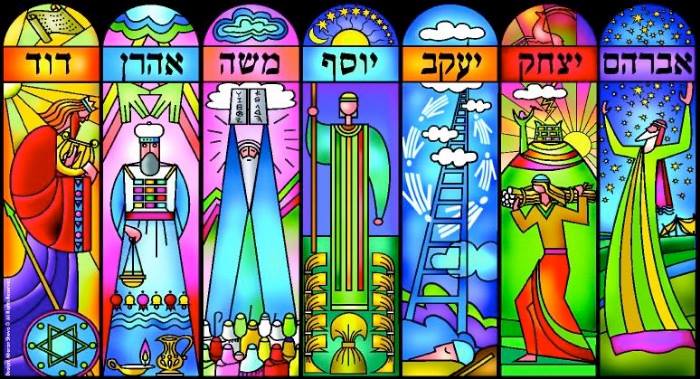 Having expanded on the relationship of the movie characters to the ‘worlds of existence’ and sefirot, we’re now going to pursue further Torah connections that will enable both greater understanding and change in our own lives.
Having expanded on the relationship of the movie characters to the ‘worlds of existence’ and sefirot, we’re now going to pursue further Torah connections that will enable both greater understanding and change in our own lives.
One of the most important practices in Torah Judaism, that has very much fallen out of practice, is meditation. This has a long tradition and is in some respects one of the most important things an individual can learn and do.
The traditions of “Jewish meditation” are unique and inseparable from all other aspects of Torah. (Aryeh Kaplan published three great books on this subject, as seen in the image to the left.)
The concept of meditation shares the same “goal” as teshuvah (and other practices), that being to make a connection between below and above … “us and G-d.” In this way, each ‘process’ relates to the systems of Sefirot and ‘Worlds of Existence,” the “two templates” mentioned in another part of this study.
What we’re presenting here is information regarding meditation and the idea of ‘tikkun middot.’ which we can then connect to the Ushpizin movie as well as aspects of Sukkot. Middot is a term for the lower seven Sefirot, the ones we “deal with” regularly. These are broken up into Malchut (the feminine, which is considered ‘passive’) and the six above that (the masculine) which are the ‘active’ ones we focus on understanding and improving.
The number ‘6’ is of importance here, as;
- The letter vav which is the sixth letter of the alephbet and is the third letter in YHVH, the ‘hook’ between the two letter Heys,
- The two ‘Heys’ represent the world of Asiyah that we physically exist in, and the world of Beriah, beyond this. The vav is associated with the world of Yetzirah and the six middot, between the Heys.
- The six ‘sides’ of the Sukkah. and six elements of the lulav.
THE SIX CONSTANT COMMANDMENTS
There is a special significance to six with regard to Jewish meditation. This has to do with six ‘”constant commandments.” These are mitzvoth that can be fulfilled with thoughts alone, regardless of a person’s physical abilities, their physical location, or time of day.
These are:
- To Know There is a G-d
- Not to Believe in Any Other “gods”
- To Know That G-d is One
- To Love G-d
- To Be in Awe of G-d
- Not to Be Led Astray by Our Desires
Rabbi Yitzchak Ginsburgh has developed meditative practices around these six mitzvoth. As part of that, he associates them with the six middot that are between Malchut and Binah. (See diagram to the right, Note that ‘ChaGaT’ is an acronym for Chesed-Gevurah-Tiferet, and ‘NeHiY’ is the same for Netzach-Hod-Yesod.
“Connecting the dots, this gives us an interesting connection between the six Constant Commandments, the middot, the Biblical ushpizin and the six male characters in the movie, (in bold below):
- To Love G-d: Chesed, Abraham, Gabay
- To Be in Awe of G-d: Gevurah, Isaac, Eliyahu Scorpio
- To Know That G-d is One: Tiferet, Jacob, the Rabbi
- To Know There is a G-d: Netzach, Biblical Moses, Ben Baruch
- Not to Believe in Any Other “gods”: Hod, Aaron, Yosef
- Not to Be Led Astray by Our Desires: Yesod, Biblical Joseph, Moshe Bellanga
 VISUALIZATION
VISUALIZATION
Imagination and visualization are gifts from G-d that enable us to think beyond the limitations of our physical senses, space and time. (See the chart in our previous subject regarding these three concepts and the associated three ‘worlds’ of creation.) One can make use of imagery such as the vestments of the High Priest, the Temple, certain groups of Bible verses, etc., as part of a meditative technique.
Used within the framework of kosher Torah, these are a means to make deeper connections to Hashem. Rabbi Ginsburgh’s approach is to take the six constant mitzoth, and envision each as a wall, with the six forming a cube. This forms a spiritual meditative space, with all negative elements relegated to the ‘outside.’ This is similar to how we view the six ‘sides’ of the sukkah and also the six directions that the lulav is shaken (eastward, southward, westward and northward, then facing east you shake upwards then downwards).
Elevating ourselves ‘beyond’ these three worlds of creation, we seek to connect with the world of “existence beyond creation.” This is the world of Atzilut and the Ohr Ein Sof/Ohr Haganuz. This is also the world associated with Emunah/Faith, which is called, “the substance of things hoped for, the evidence of things not seen,” as these things “exist outside of creation.”
Taking this back to the practice of ‘inviting’ the 7 Ushpizin invited into our Sukkah, we can now add an element of meditation to each of the seven days. For the first six, we can begin our thoughts with that particular mitzvah for the day to understand it in more detail, then conceive of the other ‘walls.’ On the seventh day, we can begin by imagining ourselves in this ‘cube’ of “divine space” and go from there.
 What we are doing here, with the help of Hashem, is an act of tzimtzum, as we are ‘constricting’ the mundane elements of the physical world from our minds, to have a pure connection for our souls, through the spiritual worlds, to G-d.
What we are doing here, with the help of Hashem, is an act of tzimtzum, as we are ‘constricting’ the mundane elements of the physical world from our minds, to have a pure connection for our souls, through the spiritual worlds, to G-d.
This is one of many meditative practices used in kosher Jewish meditation, there are other visualizations, spiritual elements, breathing techniques, the use of music and much more. Whatever methods are used, they all in some way, related to the two templates of the Sefirot and Worlds of Existence, as these show the ‘path’ between us and our Creator.
Regarding the Ushpizin movie, we can take the characters and focus on their positive and negative traits and how we may see these in our own lives. For instance, Ben Baruch (at Netzach) certainly acts from a bold, “go-getter” perspective and means well all the time, but he has “boundary issues.” Another aspect of this ‘initiative’ found in Netzach relates to the Six Constant Mitzvoth, as, “To know there is a G-d,” could be seen as coming before the other five.
Another example is Eliyahu Scorpio, who, representing the attribute of Gevurah, displays “precise judgment” through the movie. However, when this is based on ‘incomplete information,’ the results are bad and can be destructive.
It is important to understand that the actual attributes/middot, are ‘neutral.’ Too much or too little Chesed, Gevurah, etc., can cause a disconnect. (This is seen in the lives of the Biblical “ushpizin” as well.) The key is to seek proper balance according to Torah, which is what the Sefirah of Tiferet emanates. The actual synergizing of ‘opposites,’ to bring them into the world, is a property of Yesod. Both TIferet and Yesod are on the “middle pillar” and function closely together as the Rabbi and Moshe do in the movie.
We are building a resource area for Jewish Meditation on the 13 Petals site, and will be launching a Meditation/Intention Facebook group in 2020. B”H
